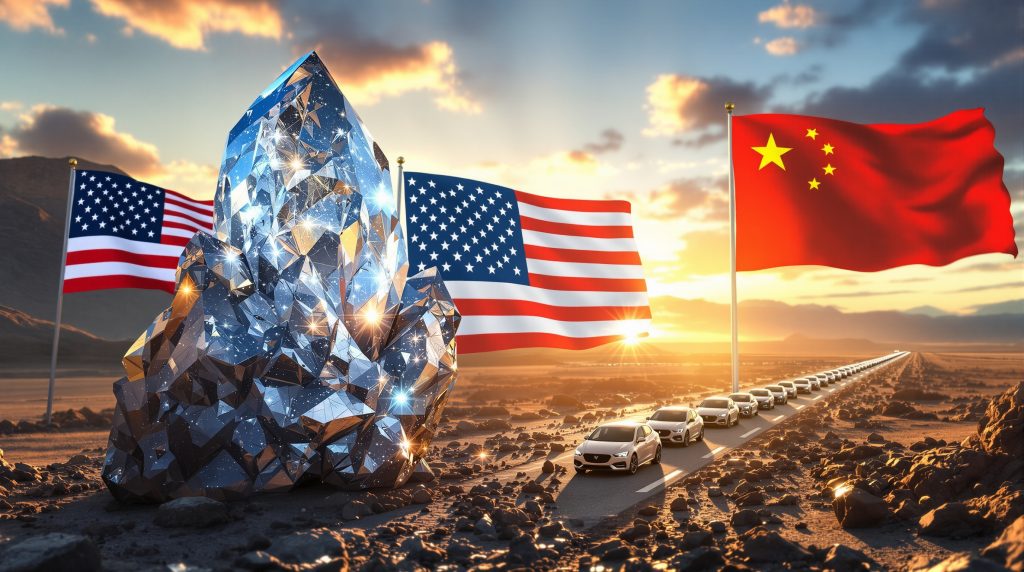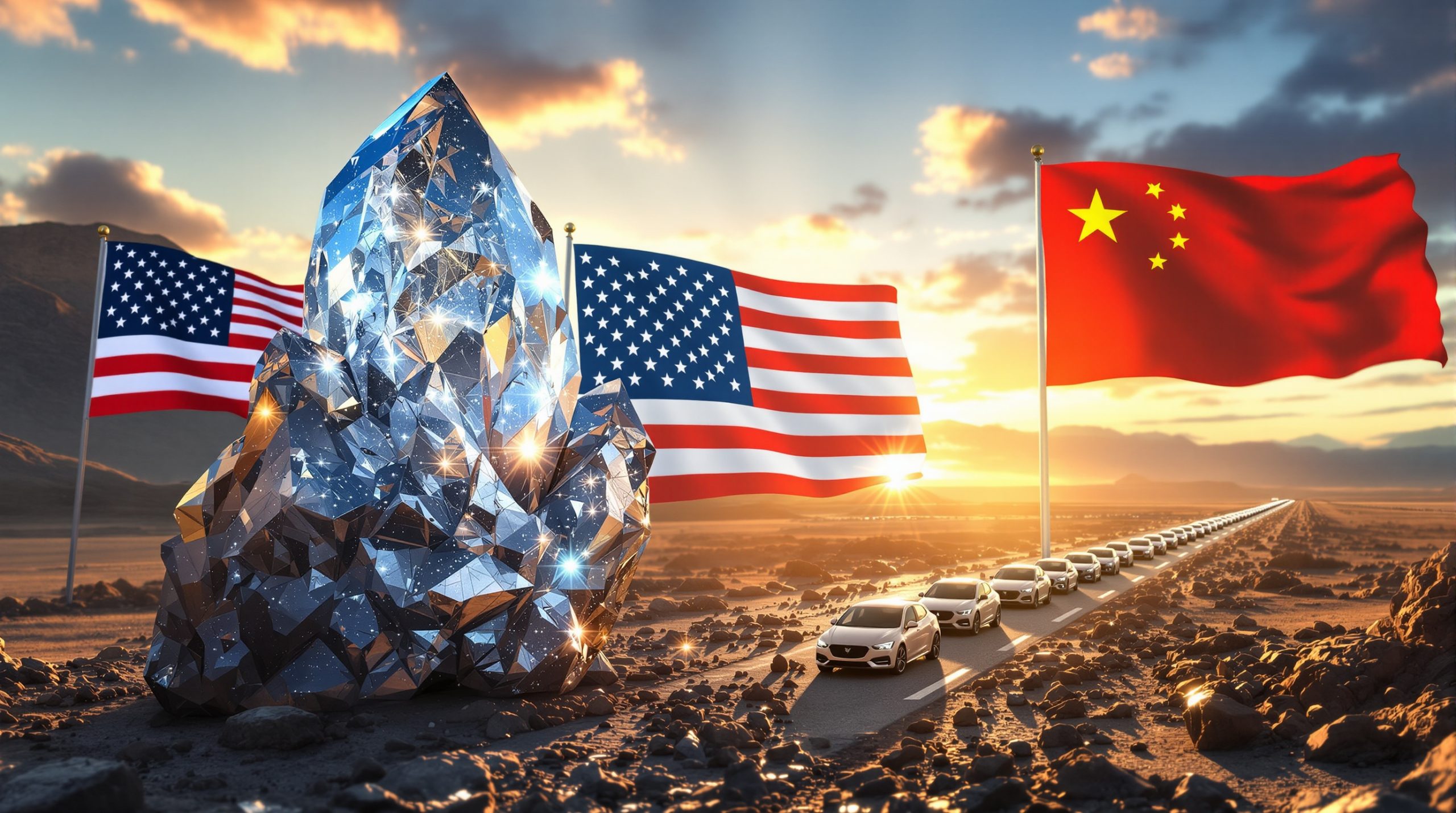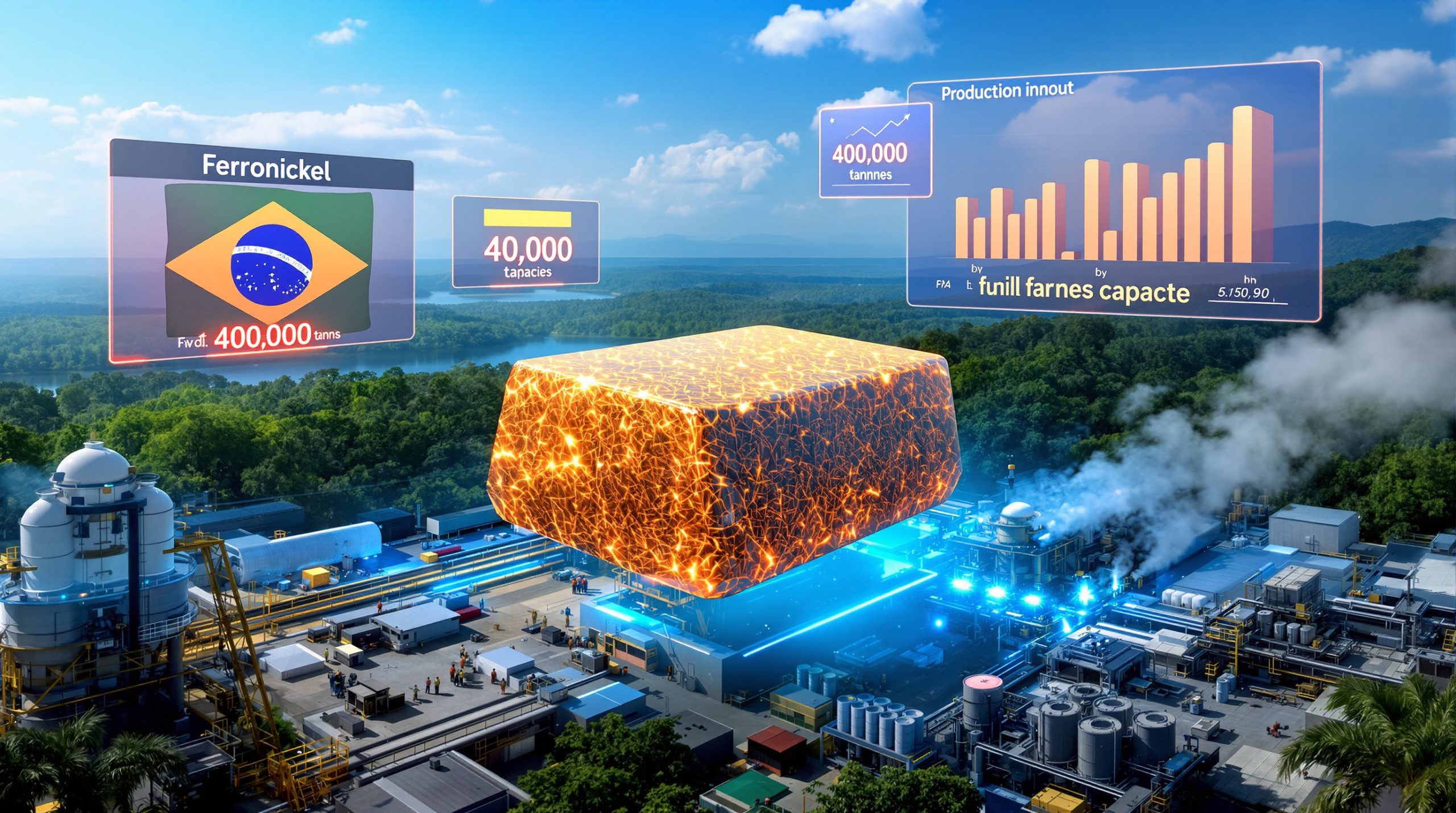How is the US Securing Domestic Lithium Supply Through Strategic Investments?
The US Department of Energy has fundamentally restructured its financial arrangement with Lithium Americas Corporation (LAC), taking a strategic 5% equity position in the company and an additional 5% stake in the Thacker Pass lithium project joint venture with General Motors. This restructuring represents a significant shift in how the government approaches critical mineral security and domestic supply chain development.
The equity positions come in the form of warrants, providing the government with potential upside if lithium values increase while simultaneously strengthening the loan's collateral package to protect taxpayer interests. This arrangement is part of a broader strategy to secure domestic access to lithium, a critical component for electric vehicle batteries and energy storage systems.
Key Elements of the Restructured Deal
- 5% equity stake in Lithium Americas Corporation via warrants
- 5% ownership position in the Thacker Pass joint venture with GM
- Over $100 million in new equity commitments
- Enhanced loan modifications to improve financial resilience
- Maintains the original loan agreement framework from 2024
This deal represents a novel approach to government investment in critical resources, moving beyond traditional loans and grants to take direct equity positions that provide both financial upside and strategic influence.
Why is This Deal Strategically Important for US Mineral Security?
The restructured agreement represents a direct government investment in what is considered North America's largest confirmed lithium deposit. This strategic move addresses a critical vulnerability in America's mineral supply chain, as the US currently produces less than 1% of global lithium despite having significant domestic deposits.
Energy Secretary Chris Wright highlighted the strategic importance of this development, noting that despite the United States having some of the largest lithium deposits, it produces a negligible portion of global supply. The administration's goal is to dramatically increase domestic production to reduce dependency on foreign sources.
The Global Lithium Supply Challenge
| Current Global Lithium Production | US Production Share | Projected Thacker Pass Output |
|---|---|---|
| Dominated by Australia, Chile, China | Less than 1% | 40,000 tonnes per year (initial phase) |
The global lithium market is currently dominated by a small number of countries, with Australia leading in mining output, Chile controlling significant brine resources, and China dominating processing capacity. This concentration creates strategic vulnerabilities for the US DoE restructures deal with Lithium Americas for critical minerals supply chain.
Geological experts note that US lithium deposits differ structurally from those in other parts of the world. While Australia's lithium comes primarily from hard-rock spodumene and Chile's from salt flat brines, US deposits like Thacker Pass contain lithium in clay formations, requiring different extraction technologies and presenting unique processing challenges.
How Will Thacker Pass Impact the Domestic Lithium Supply Chain?
The Thacker Pass project in Nevada represents a cornerstone of America's strategy to develop domestic lithium production capabilities. When fully operational, the facility is projected to produce approximately 40,000 tonnes of battery-grade lithium refinery products annually.
This production volume would significantly alter the domestic supply picture, potentially supplying enough lithium for hundreds of thousands of electric vehicles annually. The project's strategic location in Nevada places it in proximity to growing battery manufacturing facilities and automotive production.
Production Capabilities and Strategic Impact
The project will:
- Provide domestic battery-grade lithium carbonate for EV manufacturing
- Support the administration's onshoring production goals
- Strengthen supply chain resilience against international disruptions
- Create manufacturing jobs in the critical minerals sector
Mining engineers familiar with the Thacker Pass project note that the deposit's quality and size make it particularly valuable. The lithium concentration in the clay is significant enough to make extraction economically viable, though processing presents technical challenges that are being addressed through innovative mining industry innovation methods.
What Financial Mechanisms Are Being Used to Secure This Resource?
The Department of Energy's Loan Programs Office (LPO) has implemented an innovative approach to this deal by incorporating warrants into the collateral package. This structure provides several advantages over traditional financing approaches for strategic resources.
Benefits of the Warrant-Based Structure
- Reduces taxpayer risk exposure while maintaining financial support
- Creates potential upside for the government if lithium values increase
- Strengthens loan resilience through enhanced collateral
- Provides government oversight in a strategically important resource project
Financial analysts note that this warrant structure represents a significant evolution in how government financing supports critical industries. Rather than simply providing loans that must be repaid with interest, the warrant structure gives the government potential equity appreciation if the company and project succeed.
The LPO worked closely with both Lithium Americas and General Motors to craft this restructured agreement that balances commercial viability with national security interests. This three-way collaboration demonstrates how public-private partnerships can address critical minerals energy transition needs.
How Does This Deal Compare to Traditional Government Support Programs?
This restructured agreement represents an evolution in how the US government approaches critical mineral security. Rather than relying solely on loans, grants, or Australian lithium tax incentives, the equity stake approach provides:
New Approach to Mineral Security
- Direct government participation in critical mineral development
- Potential financial returns on investment rather than just loan repayment
- Stronger alignment between government and commercial interests
- More direct influence over strategic resource development
Policy analysts point out that this approach has precedents in other countries with national resource strategies but represents a shift for US policy. Countries like China have long used direct state investment in strategic resources, while the US has traditionally relied on private markets with limited government intervention.
This approach differs significantly from traditional government funding mechanisms and may signal a new model for critical mineral projects. By taking an equity position, the government gains both financial upside and strategic influence without the heavy-handed approach of direct ownership or operation.
What Role Does General Motors Play in This Partnership?
General Motors maintains a significant stake in the Thacker Pass joint venture, highlighting the automotive industry's growing interest in securing battery supply chains.
GM's Strategic Position
- Major stakeholder in the Thacker Pass joint venture
- Direct access to domestically produced lithium for EV manufacturing
- Vertical integration of battery supply chain
- Reduced dependency on foreign lithium sources
This three-way partnership between government, mining, and manufacturing represents an integrated approach to supply chain development. GM's involvement demonstrates how automotive manufacturers are increasingly moving upstream in the supply chain to secure critical materials.
Industry analysts note that GM's investment in Thacker Pass represents a broader trend of automotive manufacturers taking direct positions in mining and processing operations. This vertical integration strategy helps insulate manufacturers from price volatility and supply disruptions in critical minerals.
What Challenges Remain for Domestic Lithium Development?
Despite this significant advancement, several challenges remain for scaling domestic lithium production:
Ongoing Development Hurdles
- Permitting and environmental review timelines
- Technical challenges in extraction and processing
- Competition with established global producers
- Workforce development for specialized mining operations
Environmental engineers familiar with lithium extraction note that the clay-based deposits at Thacker Pass present different environmental considerations than the brine operations in South America or hard rock mining in Australia. Water usage, land disturbance, and processing chemicals all require careful management to minimize environmental impact.
The success of Thacker Pass will be closely watched as a model for future critical mineral projects. Its ability to navigate regulatory, technical, and economic challenges will inform future government approaches to critical mineral development.
How Does This Deal Address China's Dominance in the Lithium Market?
The restructured agreement explicitly aims to counter China's control of the lithium market, which currently dominates global processing capacity. According to the Department of Energy's statement, this strategic investment helps reduce American reliance on foreign-controlled supply chains.
Countering Foreign Dominance
- Reduces reliance on Chinese-controlled lithium supply chains
- Creates domestic alternatives for battery manufacturers
- Strengthens national security through resource independence
- Positions the US as a potential competitor in the global lithium market
Mineral security experts point out that China's dominance in lithium extends beyond raw material production to processing and refining. While Australia and Chile may lead in raw material extraction, Chinese companies control much of the conversion capacity that turns raw lithium into battery-grade materials.
Energy Secretary Wright emphasized this aspect, noting that the deal helps reduce dependence on foreign sources for critical minerals. The strategic nature of lithium for both energy transition and national security makes domestic production a priority that transcends normal market considerations.
What Does This Mean for the Future of US Critical Mineral Policy?
The equity-based approach to the Lithium Americas deal may signal a shift in how the US approaches critical mineral security more broadly. As reported by Reuters, this unprecedented government stake in a private mining venture marks a significant policy evolution.
Potential Policy Evolution
- More direct government investment in strategic mineral projects
- Equity positions rather than just loans or grants
- Public-private partnerships with shared ownership structures
- Integration of mineral security with manufacturing policy
This approach aligns with the administration's broader goals of strengthening domestic supply chains through onshoring production of essential materials. By taking direct equity positions, the government gains both financial upside and strategic influence in critical resource development.
Policy analysts suggest this model could extend to other critical minerals beyond lithium, potentially including cobalt, nickel, rare earth elements, and other materials essential for energy transition and advanced manufacturing. The success of this approach with Lithium Americas will likely influence future policy directions.
FAQ: Key Questions About the DoE-Lithium Americas Deal
What exactly did the Department of Energy acquire in this deal?
The DoE acquired warrants for a 5% equity stake in Lithium Americas Corporation and separate warrants for a 5% ownership position in the Thacker Pass lithium project joint venture with General Motors. These warrants give the government the right to acquire these ownership positions at predetermined terms.
How does this deal protect taxpayer interests?
The warrant structure incorporates equity positions into the overall collateral package for the loan, which helps mitigate repayment risks. Additionally, the deal includes more than $100 million in new equity commitments and enhanced loan modifications to improve financial resilience.
When is the Thacker Pass facility expected to begin production?
While exact production start dates depend on construction progress and permitting timelines, the facility's development has been accelerated by the secured financing through this restructured agreement. The facility is projected to produce approximately 40,000 tonnes of battery-grade lithium carbonate annually once operational.
How does this deal impact General Motors?
General Motors maintains its position as a major stakeholder in the Thacker Pass joint venture. This deal strengthens the overall project's financial position while maintaining GM's access to domestically produced lithium for its electric vehicle manufacturing, supporting the company's ambitious EV production targets.
What environmental considerations are involved with the Thacker Pass project?
The project must adhere to strict environmental standards regarding water usage, land reclamation, and processing methods. The clay-based lithium extraction at Thacker Pass differs from brine operations in South America and requires careful management of resources and potential impacts.
How does the domestic lithium grade at Thacker Pass compare to international sources?
Geological assessments indicate that Thacker Pass contains significant lithium concentrations in clay formations. While the grade differs from the high-concentration brines found in South America's "Lithium Triangle," the deposit's size and accessibility make it commercially viable with appropriate direct lithium extraction boost technologies.
Ready to Invest in the Next Major Mineral Discovery?
Gain an immediate edge in the market with Discovery Alert's proprietary Discovery IQ model that instantly notifies you of significant ASX mineral discoveries, turning complex data into actionable investment insights. Explore why historic discoveries can generate substantial returns by visiting Discovery Alert's dedicated discoveries page and begin your 30-day free trial today.




